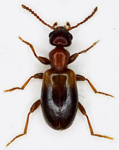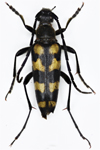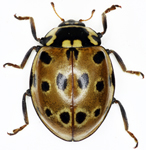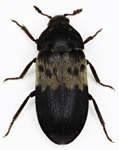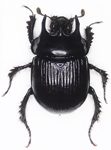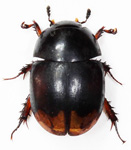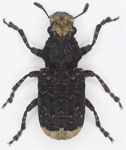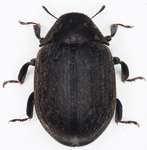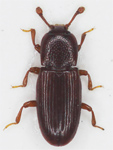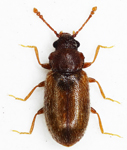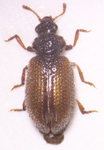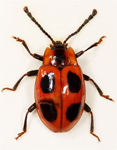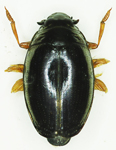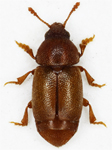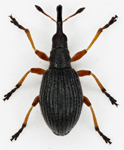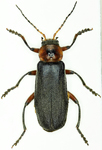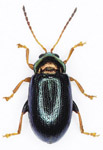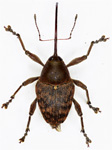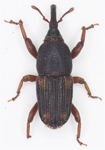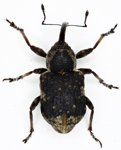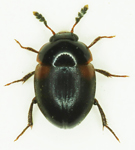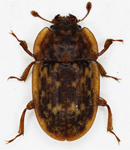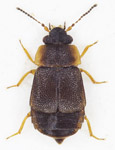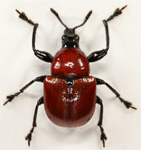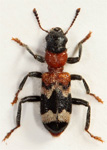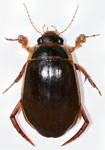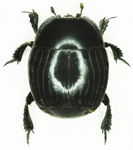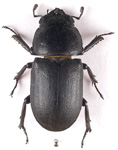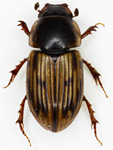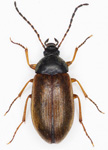These pages attempt to provide some basic knowledge of the species featured. We make no apology for
covering well worked ground because we want the site to be of use to beginners
as well as experienced coleopterists. Families are introduced with a brief description allowing the user to place a specimen with confidence, we have tried to keep these
simple and to this end our series of featured species are pictured. Within these descriptions links are included enabling closely similar families
to be separated. Of course this is no substitute for a comprehensive key but we hope that by going through these series others will be able to place
the great majority of frequently encountered species. Our pictures have been chosen and presented
in such a way as to allow, along with some guidance, a correct ID should the
species concerned be found. A description is provided so that the important features will not be overlooked when
comparing your specimen to our pictures; these descriptions have been written by taking the diagnostic features from
a range of keys and with our own specimens before us i.e. none of our descriptions rely solely on the literature.
Our only misgiving being that our descriptions are based purely on local material, where regional variation is known this
has been noted. We can thus leave others safe in the knowledge that
their specimen, so far as we know, is what we say it is rather than something
closely similar.
Some similar species are best identified by having examples of both together for comparison, with some
the underside may need to be examined while others (quite a few) will need to
be dissected. We often use these methods and some of our more critical work is
given in the ID Aids section.
Collecting for its own sake is quite rightly to be frowned upon, on the other hand a collection of
correctly identified specimens becomes valuable, in the scientific sense, if the data are submitted
to the various recording schemes and the specimens are preserved and,
ultimately, donated to a museum. It must also be realised that the British
checklist is dynamic; new species find their way into the UK and , following
modern research, established species may split into two or more species. Thus
without well preserved reference material many historical records may lose much of their value. e.g.
Pterostichus nigrita (PK) and Pterostichus rheaticus Heer.
Almost all the species on our website were recorded from the Watford area, however, we will feature species recorded from
elsewhere, on the species page this will be indicated by a light blue banner rather than our signature gold.
All the specimens pictured on the following pages have been identified by the WCG, that is to say that from whatever source
the specimens originated, unless otherwise stated, they have been verified by Mr. D.Hodges and/or Mr. D.Murray.
|
